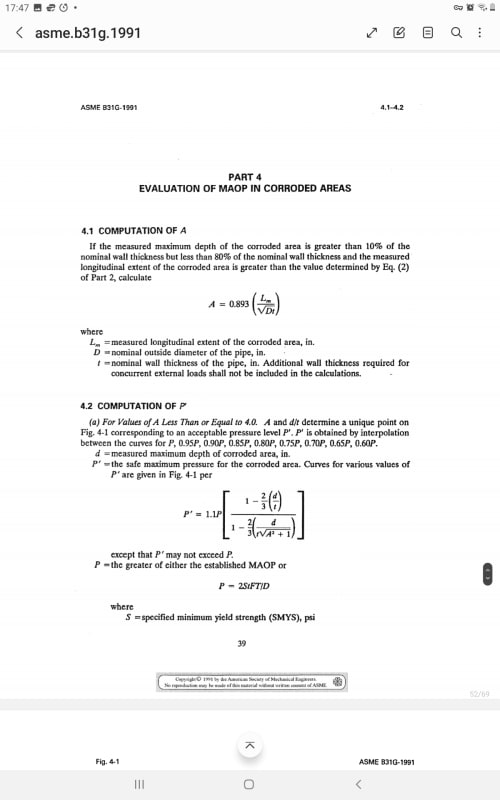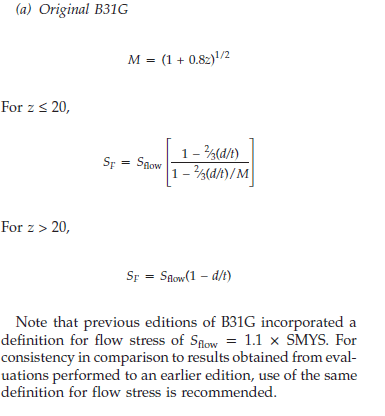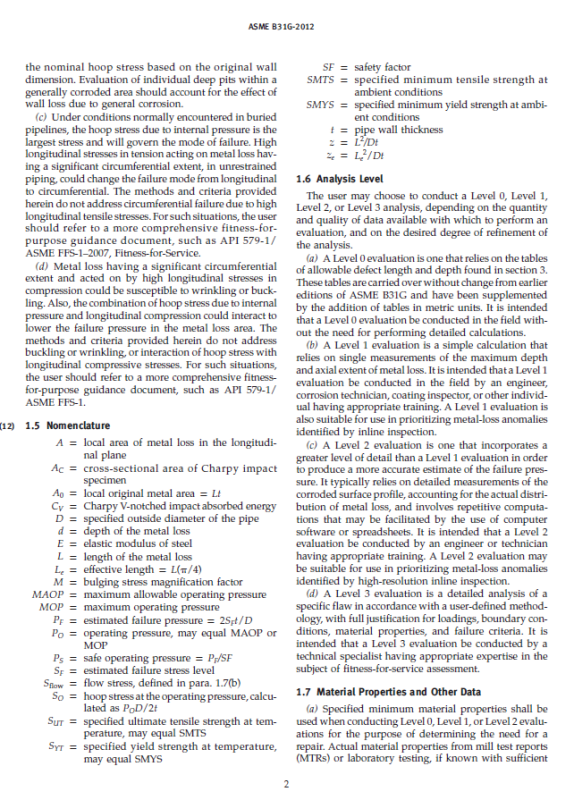Hi,
I am using ASME B31G to estimate the remaining strength in a corroded area of a pipeline. I have all the info I need (corrosion depth, length, etc.). When calculating the hoop stress of the pipe at the operating pressure, should you use the nominal pipe wall thickness, or the remaining thickness? Obviously this can have a big impact on the results.
I have also used DNV-RP-F101 recommended practice for corroded pipelines, which is supposed to be more conservative for rectangular defects, however I am finding that ASME B31G, which assumes a river-bottom defect is actually much more conservative. Does anyone have any experience using the DNV method? If so, how do you find it compares to ASME B31G?
Thanks.
I am using ASME B31G to estimate the remaining strength in a corroded area of a pipeline. I have all the info I need (corrosion depth, length, etc.). When calculating the hoop stress of the pipe at the operating pressure, should you use the nominal pipe wall thickness, or the remaining thickness? Obviously this can have a big impact on the results.
I have also used DNV-RP-F101 recommended practice for corroded pipelines, which is supposed to be more conservative for rectangular defects, however I am finding that ASME B31G, which assumes a river-bottom defect is actually much more conservative. Does anyone have any experience using the DNV method? If so, how do you find it compares to ASME B31G?
Thanks.



